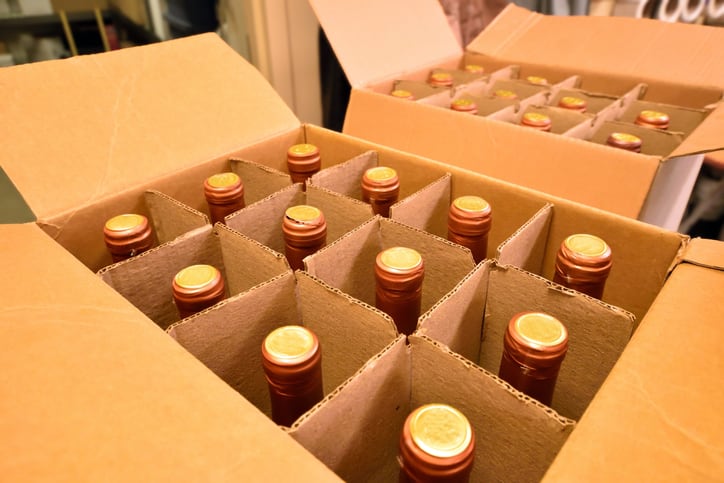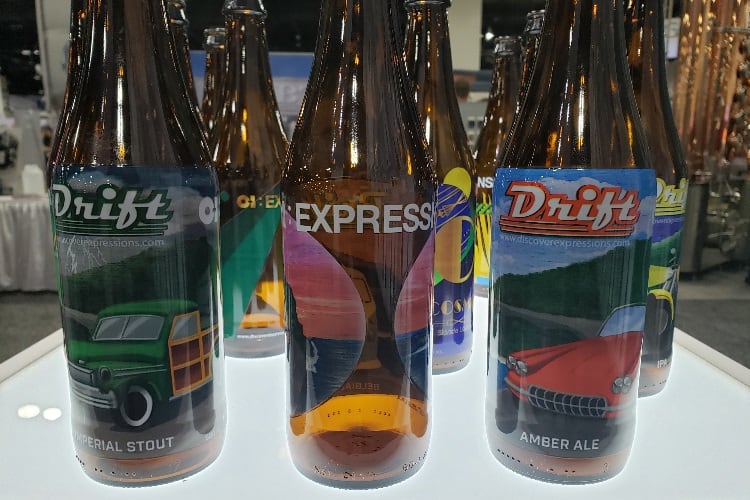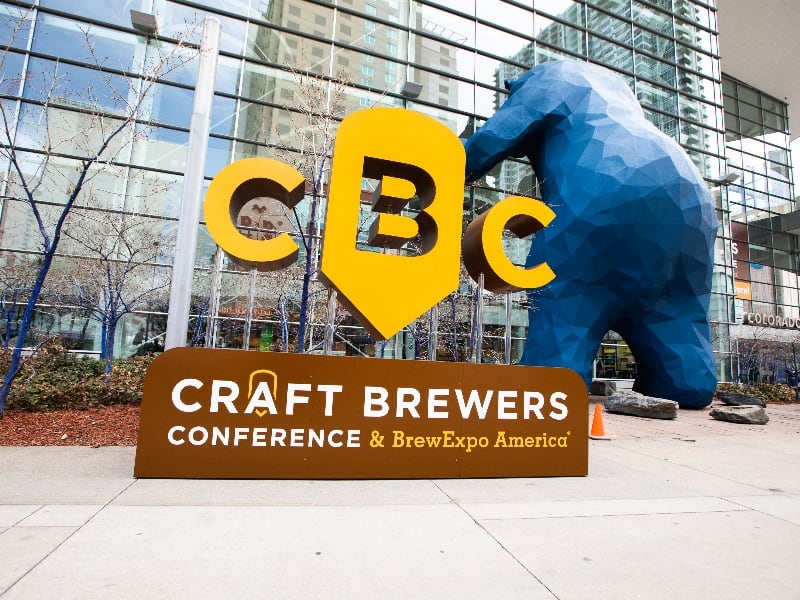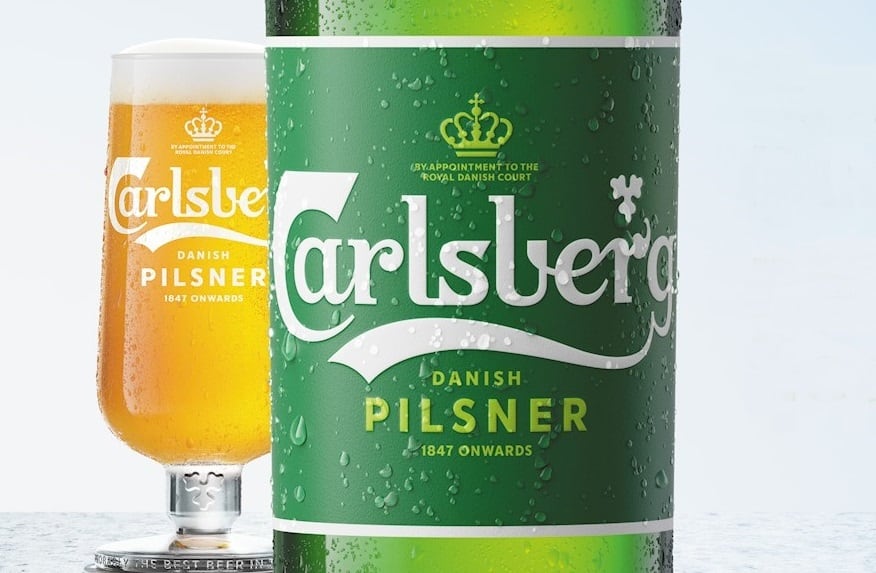Across beverage alcohol, norms and traditions are shifting. Can packaging used to be primarily associated with beer, but now consumers are looking to the convenience of wine and spirits in cans. The idea that packaging was tied to certain types of drinks and categories is ‘totally out the window,’ according to Brandy Rand, president at drinks market analysis company IWSR.
Category blurring, cross channel packaging and hybrid products are flooding the alcohol industry, driven by a consumer desire to lead a balanced life and ‘drink better.’
At the same time, alcohol consumers are also exploring e-commerce for convenience and affordability, creating an entirely new 'e-premise' for the industry to compete with.
Global drivers in premium positioning
Fewer young adults are drinking beer than in the past, according to Rand, and this in turn is hitting the overall beer industry. This is the case in some of the world’s major beer markets – and particularly in Germany, Japan and Russia. Another factor impacting the declining markets is the trend to ‘drink less but better.'
Only three of the top 10 global beer markets grew last year, though nine out of the next 10 added volume. Unsurprisingly, craft beer is on the rise in almost all markets. The top global beer markets by volume are led by China, the US, Brazil, Germany and Mexico.
Beer is also facing bigger competition from other categories around the world. China is turning to wine, the US wants spirits and cocktails and Japan favors RTDs. The standout growth markets for beer are Mexico (6.6%) and Vietnam (7.9%).
Ready-to-drink alcoholic beverages (RTDs) and flavored alcoholic beverages (FABs) are growing, but the top 10 markets account for more than 80% of all sales. Japan leads RTDs and FABs with 28% of the category, with the US and Australia coming in at number two and three, respectively.
Rand said the category is quickly developing a premium sector, with premixed drinks and canned cocktails, alongside new products with premium packaging and ingredients. It’s also a popular category for the low-alcohol and low-carb drinks trend driven by the growth of spritzers.
Cider is following a similar pattern, as the top 10 markets account for more than 86% of global volumes, with half in growth and half in decline. It’s seeing expansion in on-premise, and significant trends are hybrid products (spritzers, proseccos), premium positioning and popularity of local craft cidermakers.
Chasing e-commerce growth
2018 US performance
Total beverage alcohol declined by 0.8%
Cider increased by 4.1%
Spirits increased by 1.9%
Beer declined by 1.5%
Wine increased by 0.4%
RTDs/FABs increased by 6.1%
Beer accounts for 78% of all total beverage alcohol volume, so if beer dips even slightly, it brings the rest of alcohol down with it. From a value perspective, dollar sales increased by 1.7% in 2018, reaching $160.9bn.
Beer has led the retail price race, as off-premise beer prices increased by 18.2% since 2008, compared to wine (0.7%) and spirits (3.7%). But on and off premise are no longer the only way for consumers to try and buy alcohol. E-premise/e-commerce will only continue to grow, and Rand said right now it’s being driven by price, social media and on-demand culture.
The largest e-commerce market for alcoholic beverages is China at $6.1bn sales. It’s four times the size of the US and three times that of France and the UK. Online sales only represent 1% of off-premise beverage alcohol sales in the US, but are growing at double digit rates.
As consumer demand grows and state laws adapt, Rand expects e-commerce will be huge for the US. Across the category’s top 10 markets, expected growth rates for 2017-2020 vary. Newer, less developed e-commerce markets will grow faster than established ones.
“We’re not where we think we are. We’re not nearly as technologically advanced, and there’s not an adoption rate for e-commerce when it comes to beverage alcohol. Other markets are way far ahead,” Rand said of the US.
Right now beverage alcohol e-commerce in the US is broken down by wine (23%), spirits (32%) and beer (44%). Rand believes there is room for that to change, as wine laws are generally more fluid in terms of direct shipping than beer and spirits.




